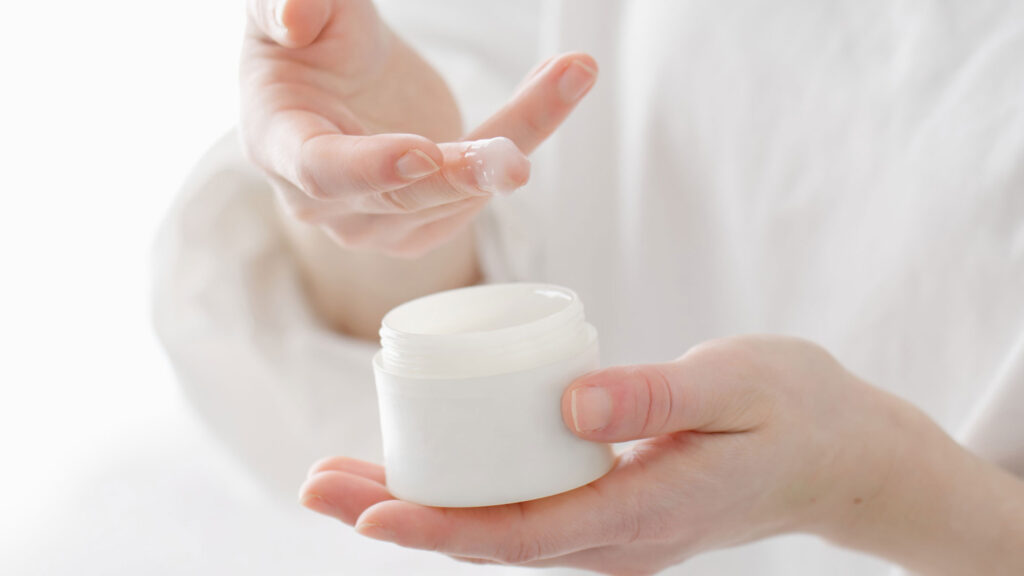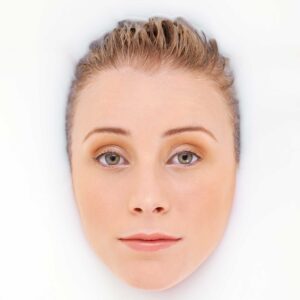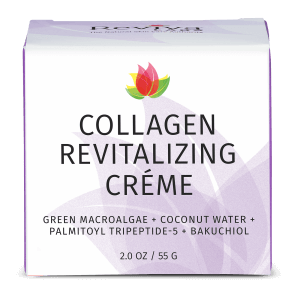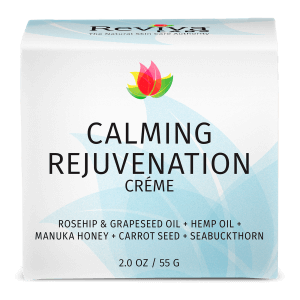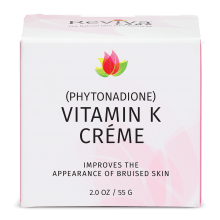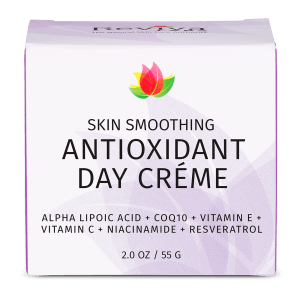Skin Care
What You Should Know About Partially Hydrogenated Oils in Skincare
When you hear the term “partially hydrogenated oils,” it likely conjures up images of processed foods and the health risks associated with trans fats. However, these oils also appear in skincare products, where their role is less scrutinized yet equally fascinating. They bring unique benefits but also raise valid concerns. This article dives deep into what partially hydrogenated oils are, how they are made, why they are used in skincare, and the ongoing debate about their pros and cons.
The Science Behind Partially Hydrogenated Oils
Partially hydrogenated oils (PHOs) are created through a process known as hydrogenation. In this chemical process, hydrogen gas is added to liquid oils under high pressure, often with the help of a catalyst like nickel. This transforms the oil’s chemical structure, converting it from a liquid to a semi-solid state. The goal is to stabilize the oil, extend its shelf life, and create a thicker texture that’s ideal for various applications.
In skincare, this semi-solid consistency is particularly appealing. Unlike fully hydrogenated oils, which become waxy and rigid, partially hydrogenated oils retain a creamy, malleable quality. This makes them ideal for formulating smooth creams, lotions, and other topical products. Ingredients like hydrogenated soybean oil or hydrogenated castor oil frequently appear in product labels, prized for their emollient properties.
Why Are They Used in Skincare?
Partially hydrogenated oils play a significant role in many skincare formulations, offering a unique combination of practical and sensory benefits. One of their most notable attributes is their ability to enhance the product’s texture, providing a luxurious and silky feel that’s pleasing to consumers. The creamy consistency they lend to formulations improves the experience of applying products, making them easier to spread evenly across the skin.
Their occlusive properties are another reason they are so widely used. Occlusives form a protective barrier on the skin, preventing water loss and locking in hydration. This makes products with partially hydrogenated oils particularly effective for those with dry or flaky skin, as they can deliver immediate relief and a smoother appearance.
From a manufacturing perspective, partially hydrogenated oils are cost-effective. They are more affordable than many natural emollients like shea butter or argan oil, making them a go-to ingredient in mass-market skincare products. Additionally, their chemical stability allows skincare products to have a longer shelf life, reducing the risk of spoilage due to oxidation. This stability is critical for products that contain natural oils prone to becoming rancid over time.
Benefits of Partially Hydrogenated Oils
Partially hydrogenated oils bring numerous advantages to the table, particularly when formulating effective and user-friendly skincare products. One key benefit is their ability to provide deep moisturization. By forming a barrier on the skin’s surface, they prevent transepidermal water loss, keeping skin hydrated for extended periods. This is especially beneficial in climates where cold or dry air can strip moisture from the skin.
Another advantage is their contribution to product consistency. Their semi-solid texture creates creams and lotions that are smooth and easy to apply, without being overly greasy or too thin. This balance makes them versatile in a wide range of products, from facial moisturizers to hand creams.
Their stability is also a significant plus. Unlike some natural oils that oxidize quickly and develop unpleasant odors, partially hydrogenated oils are resistant to degradation. This quality ensures that the product remains effective and pleasant to use over time, even when exposed to varying temperatures or air.
Drawbacks of Partially Hydrogenated Oils
Despite their benefits, partially hydrogenated oils come with notable downsides, some of which are a concern for both skin health and the environment. One primary issue is their comedogenic potential. The semi-solid nature of these oils can clog pores, especially in individuals with oily or acne-prone skin. When trapped beneath this barrier, dirt, sebum, and bacteria can accumulate, leading to breakouts or exacerbating existing conditions.
There are also environmental implications to consider. Many partially hydrogenated oils are derived from palm oil, an ingredient linked to deforestation, habitat destruction, and significant carbon emissions. For consumers seeking eco-friendly skincare options, the use of such ingredients may conflict with their values.
Another drawback lies in the perception of synthetic processing. While the hydrogenation process serves a functional purpose, it alters the natural composition of oils. For those who prefer clean beauty products with minimally processed ingredients, partially hydrogenated oils may not align with their preferences. Furthermore, some studies suggest that the industrial processing of oils may reduce their natural skin-benefiting properties, such as essential fatty acids that support skin health.
Are They Harmful for Topical Use?
The potential risks of partially hydrogenated oils in skincare remain a topic of debate. While there is a wealth of research on the harmful effects of consuming trans fats, far less is known about their impact when used topically. However, some evidence suggests that their barrier-forming qualities, while beneficial for hydration, may also have drawbacks. By creating an impermeable layer, they can trap irritants or exacerbate skin issues such as acne or dermatitis.
Additionally, there is some concern that hydrogenated oils may contribute to oxidative stress on the skin, particularly if they degrade over time. Oxidative stress is linked to premature aging and inflammation, both of which undermine skin health. While these effects are not yet fully understood, they highlight the importance of cautious formulation and informed consumer choices.
Alternatives to Partially Hydrogenated Oils in Skincare
For consumers looking to avoid partially hydrogenated oils, there are numerous alternatives that deliver similar benefits without the associated concerns. Natural butters, such as shea or cocoa butter, are excellent emollients that soften and protect the skin. They are rich in vitamins and fatty acids that nourish and repair the skin barrier, making them a favorite in clean beauty formulations.
Cold-pressed plant oils, like argan, jojoba, or sunflower oil, are also popular substitutes. These oils are minimally processed and retain their natural antioxidants and nutrients, which can support skin health. While they may lack the chemical stability of hydrogenated oils, their shorter shelf life is often seen as a trade-off for their natural benefits.

Silicones, such as dimethicone, are another viable alternative. While synthetic, silicones are widely regarded as non-comedogenic and provide a smooth, lightweight texture to skincare products. They are particularly effective in creating a barrier that locks in moisture without the risk of clogging pores.
Expert Opinions and Future Perspectives
Dermatologists often recommend steering toward natural or minimally processed oils when possible, particularly for individuals with sensitive or acne-prone skin. They emphasize that while partially hydrogenated oils are not inherently harmful, their long-term effects on skin health remain insufficiently studied. As the demand for transparency and cleaner formulations grows, many brands are moving away from these ingredients in favor of natural or sustainably sourced alternatives.
Ultimately, the use of partially hydrogenated oils in skincare highlights the balance between function and philosophy. While they offer undeniable benefits in terms of texture, stability, and moisture retention, their drawbacks—both real and perceived—make them a polarizing choice. For consumers, understanding ingredient labels and being aware of personal skin needs is essential when selecting products.
As the skincare industry evolves, the push for safer, more sustainable alternatives will likely lead to innovations that deliver the same benefits without compromise. Whether or not partially hydrogenated oils continue to have a place in skincare, their story serves as a reminder of the complex relationship between science, beauty, and health.

